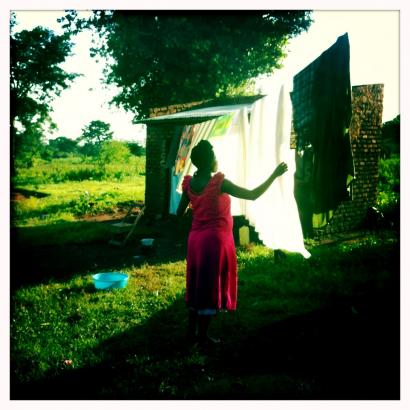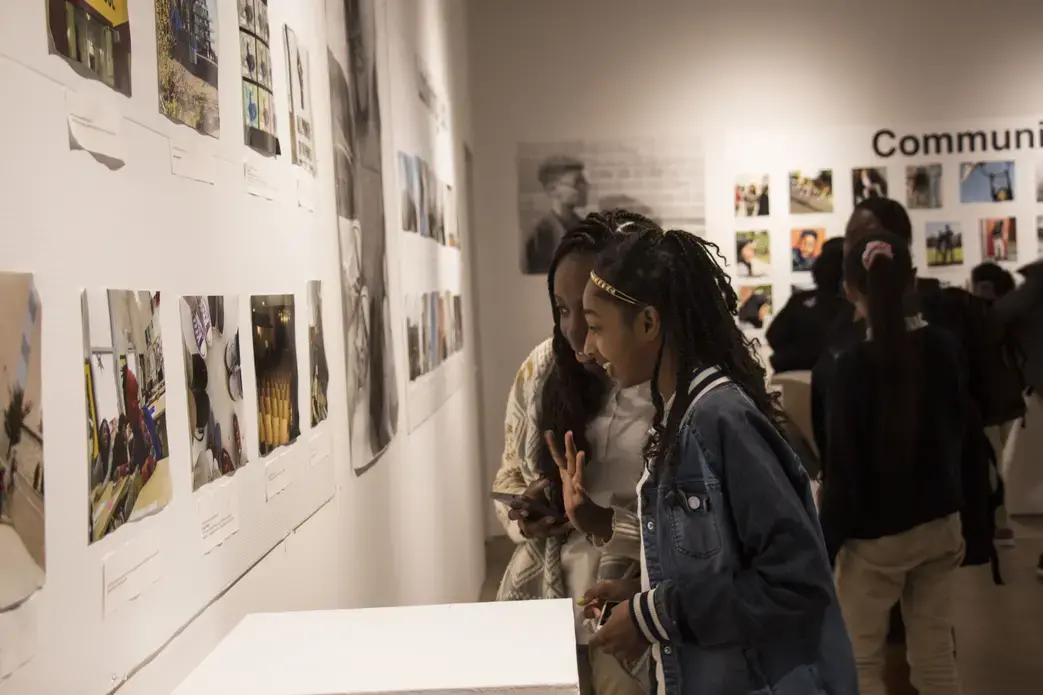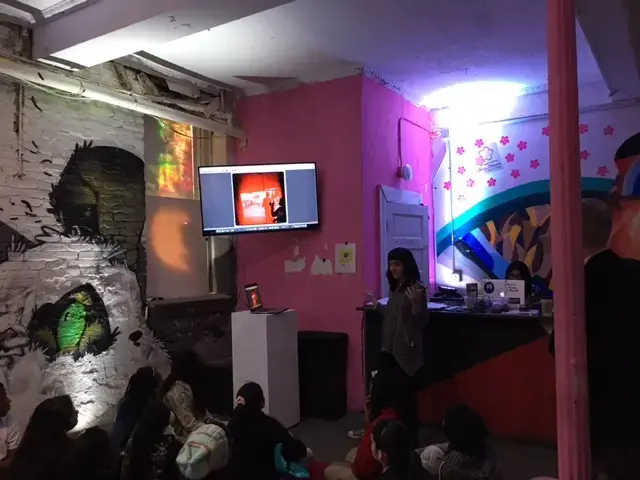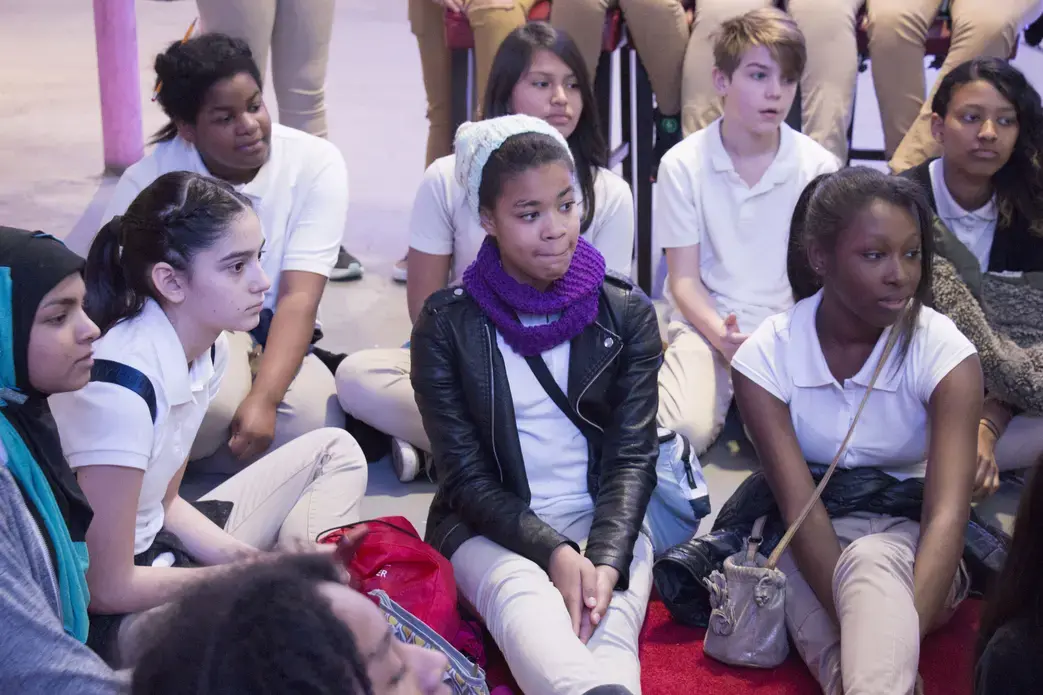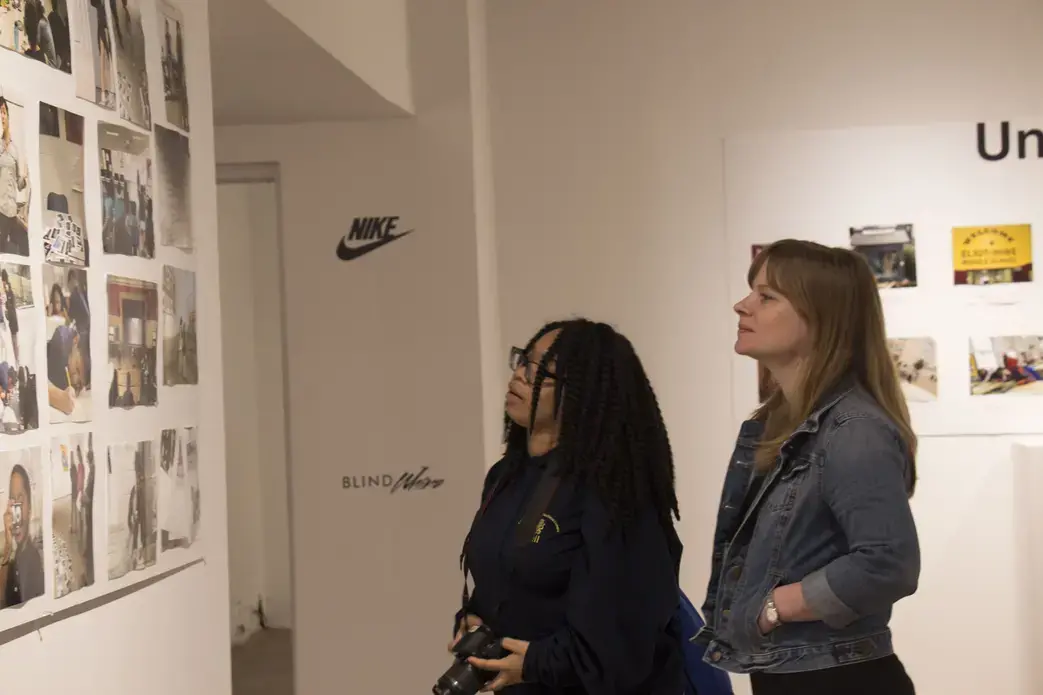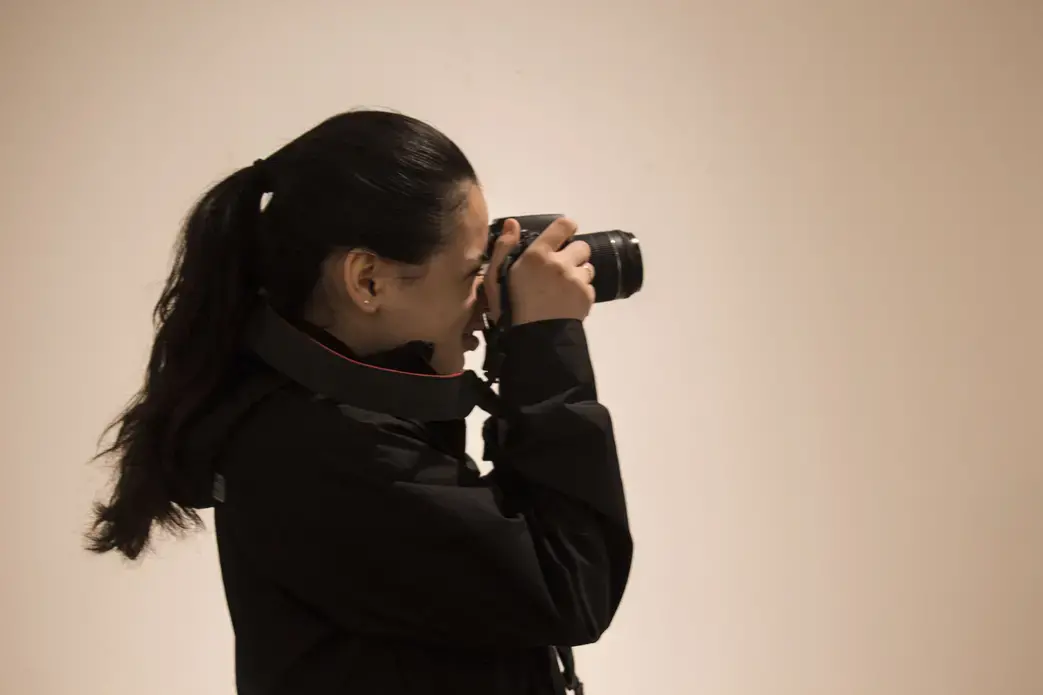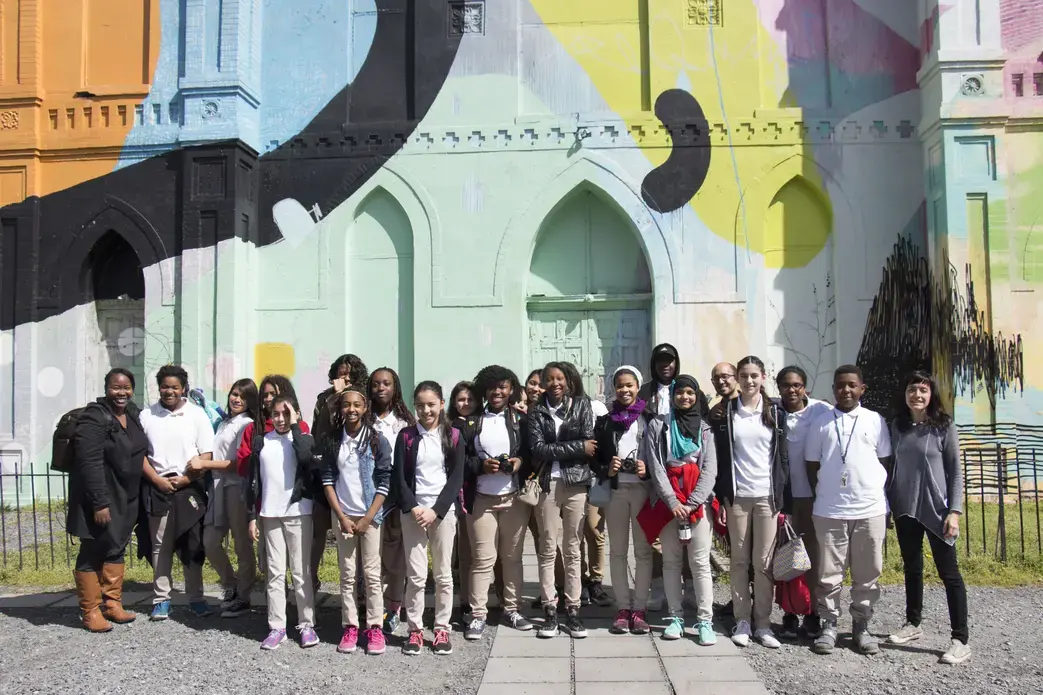Students spent a colorful morning at SW Arts Club when they attended a workshop on storytelling through photography with Pulitzer Center grantee, Allison Shelley.
Last Tuesday, high school students from Columbia Heights Educational Campus and middle school students from The School Without Walls at Francis-Stevens visited the Everyday DC Photography Exhibition to learn about photojournalism, and also contribute to the Everyday DC project by taking photographs inspired by the exhibition's themes.
"Everyday DC" is a student photojournalism exhibit organized by the Pulitzer Center and District of Columbia Public Schools (DCPS) that visualizes daily life in Washington, DC through the eyes of over 80 sixth, seventh, and eighth-grade students from seven DC public middle schools representing all four quadrants of the city. The exhibition is the culmination of a multi-week photojournalism unit designed by Pulitzer Center and DCPS as part of the District's new visual arts curriculum. Over 500 middle school students from nine schools experienced the unit this fall.
The exhibition and unit were inspired by the Everyday Africa project, which is a collection of images from Africa shot on mobile phones and published on Instagram. Featuring numerous photographers’ works, the project is an attempt to create a more accurate understanding of the day-to-day African experience and is a response to the common media portrayal of the African continent as a place consumed by disease, poverty, and war.
As part of the workshop facilitated by Shelley and Fareed Mostoufi, Senior Education Manager at Pulitzer Center, students were asked to describe Africa in a few words. Their initial reactions were influenced by the general stereotypes that are propagated about the continent, with descriptions that included "wild animals," "hunger," "poverty," "rural," and "non-technological." Upon seeing Shelley's photographs for the "Everyday Africa" feed, which included children playing sports, snacks, baristas in cafeterias, and traditional African clothing, students were surprised to see that everyday life in Africa is different from what they've encountered in the media and commented that many of the photographs seemed relatable to their own daily lives. Shelley has worked on multiple projects with the Pulitzer Center, including "Deadly Cycle: Nigeria's Silent Abortion Crisis," which took her to Lagos, Nigeria.
Using the examples of her own photographs, Shelley taught students about different angles, colors, themes, and techniques that they could use in their photography. After learning from her, students observed the different themes in the Everyday DC Photography Exhibition, like "Unity," "Our Art," "Journeys," and "Movement," and took photographs to contribute to these themes. In addition to taking photos that visualize everyday life in DC, students were asked to apply the photography techniques they explored with Shelley.
At the end of the workshop, students presented their work to their classmates and received feedback from Shelley and Mostoufi. Their work will be presented as an online component of the Everyday DC exhibition on our website.
They also shared their reflections on the exhibition and workshop.
"I learned all sorts of techniques and tools for taking pictures," wrote Asha, a student at School Without Walls at Frances Stevens, in her workshop evaluation.
"Being here today made me open my mind wider to the of being a journalist and photographer," added her classmate Katie Cruz.
"I will change how I look at the continet of Africa, " wrote Columbia Heights Education Campus photography student Nilson.
"I learned to see my everyday life in a different way," added Daniel Rivas.
The "Everyday DC" photojournalism unit, exhibition and field trips were funded in part by the D.C. Commission on the Arts & Humanities, an agency supported in part by the National Endowment for the Arts.



